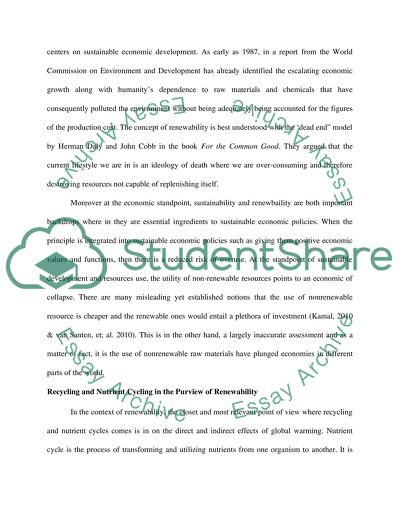Cite this document
(“Environmental Sustainability - Define the concept of renewability, and Term Paper”, n.d.)
Retrieved from https://studentshare.org/environmental-studies/1413564-environmental-sustainability-define-the-concept-of
Retrieved from https://studentshare.org/environmental-studies/1413564-environmental-sustainability-define-the-concept-of
(Environmental Sustainability - Define the Concept of Renewability, and Term Paper)
https://studentshare.org/environmental-studies/1413564-environmental-sustainability-define-the-concept-of.
https://studentshare.org/environmental-studies/1413564-environmental-sustainability-define-the-concept-of.
“Environmental Sustainability - Define the Concept of Renewability, and Term Paper”, n.d. https://studentshare.org/environmental-studies/1413564-environmental-sustainability-define-the-concept-of.


